What Is Structural Heart Disease
What is structural heart disease. Any time an abnormality or defect weakens the hearts structure its walls valves and muscles its referred to as structural heart disease. These problems affect the hearts ability to pump and circulate blood. Structural heart disease also known as structural cardiac disease is a collection of heart diseases that includes heart failure coronary artery disease hypertrophic cardiomyopathy and.
10875026 PubMed - indexed for MEDLINE Publication Types. Chest pain Irregular heartbeats Shortness of breath Lightheadedness or passing out Swelling of the abdomen ankles or feet High blood pressure Fatigue Kidney dysfunction. Structural heart disease is a form of heart disease that refers to defects within your heart that you were either born with or have developed due to aging injury or infection.
People with structural heart disease have conditions that affect the hearts valves or chambers. An example of structural heart disease acquired through wear and tear would be a tight or leaky heart valve. Structural heart disease is a problem with the heart tissues or valves of the heart.
Similar to other kinds of heart disease it can lead to health problems if left untreated. Structural heart disease refers to heart disease that is acquired through wear and tear or heart disease that people are born with. Many cases of structural heart disease are congenital or something that can develop over time from wear and tear of the heart.
What is structural heart disease. Structural heart diseases include valves that dont open and close properly eg aortic stenosis or mitral valve regurgitation abnormal openings between heart chambers ventricular septal defect atrial septal defect or an open pocket in the upper left chamber of the heart left atrial appendage where blood can stagnate and form clots. Manage your high blood pressure by avoiding sodium and taking your medicine.
Wear and tear can be anything from a leaky heart valve to damaged tissue and more. Many structural heart conditions are congenital present at birth but these abnormalities can also form later in life due to wear and tear from aging infection or result from another underlying condition. Some defects are present at birth congenital while others form later in life.
Of structural heart diseases or conditions that do not relate to the CAST data. In other words its a non-coronary disease that is caused by a structural defect rather than an artery or vein issue.
In other words its a non-coronary disease that is caused by a structural defect rather than an artery or vein issue.
Any time an abnormality or defect weakens the hearts structure its walls valves and muscles its referred to as structural heart disease. Many cases of structural heart disease are congenital or something that can develop over time from wear and tear of the heart. Structural Heart Disease is an abnormality of the heart that does not have an effect on the blood vessels in the heart. In other words its a non-coronary disease that is caused by a structural defect rather than an artery or vein issue. Chest pain Irregular heartbeats Shortness of breath Lightheadedness or passing out Swelling of the abdomen ankles or feet High blood pressure Fatigue Kidney dysfunction. Rheumatic heart disease and all of its different. What is structural heart disease. 10875026 PubMed - indexed for MEDLINE Publication Types. Structural heart diseases include valves that dont open and close properly eg aortic stenosis or mitral valve regurgitation abnormal openings between heart chambers ventricular septal defect atrial septal defect or an open pocket in the upper left chamber of the heart left atrial appendage where blood can stagnate and form clots.
Structural heart disease refers to heart disease that is acquired through wear and tear or heart disease that people are born with. What is structural heart disease. These include hypertensive cardiac disease with left ventricular hypertrophy. Structural heart disease is an umbrella term for a number of defects which affect the valves and chambers of the heart and the aorta. Structural heart disease involves issues with the tissues and valves of the heart. If this is the case some things that can prevent structural heart disorder include. As structural heart disease progresses you may have one or more of the following signs and symptoms.

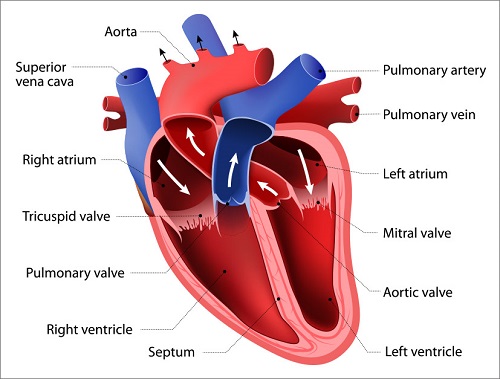
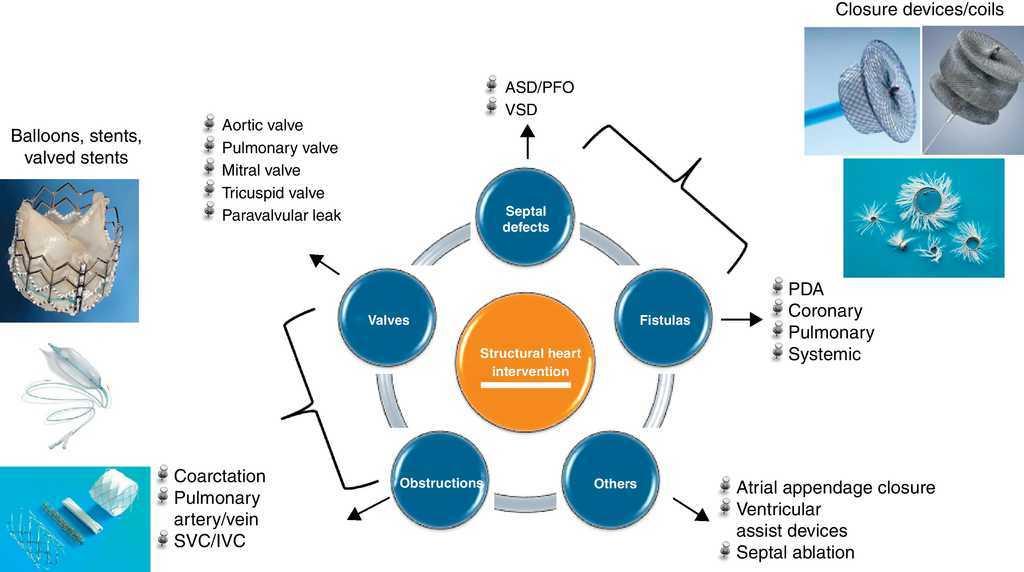




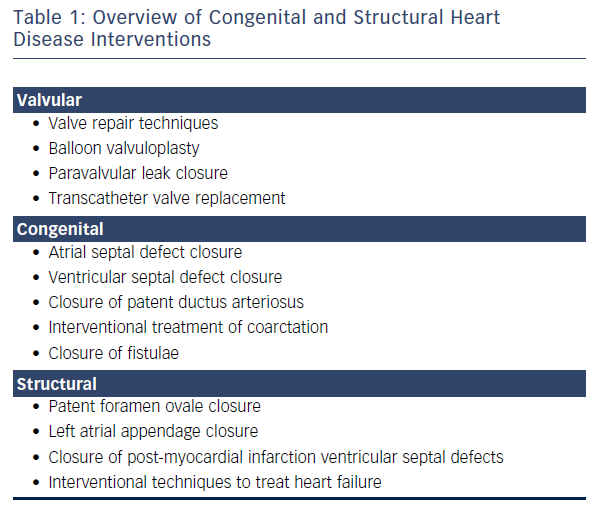

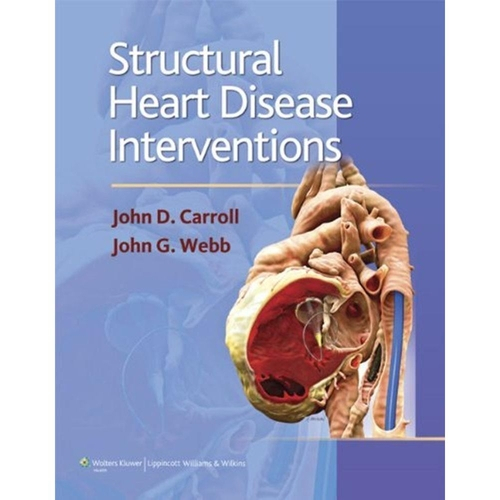
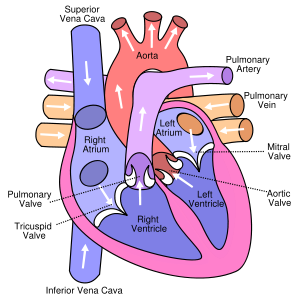
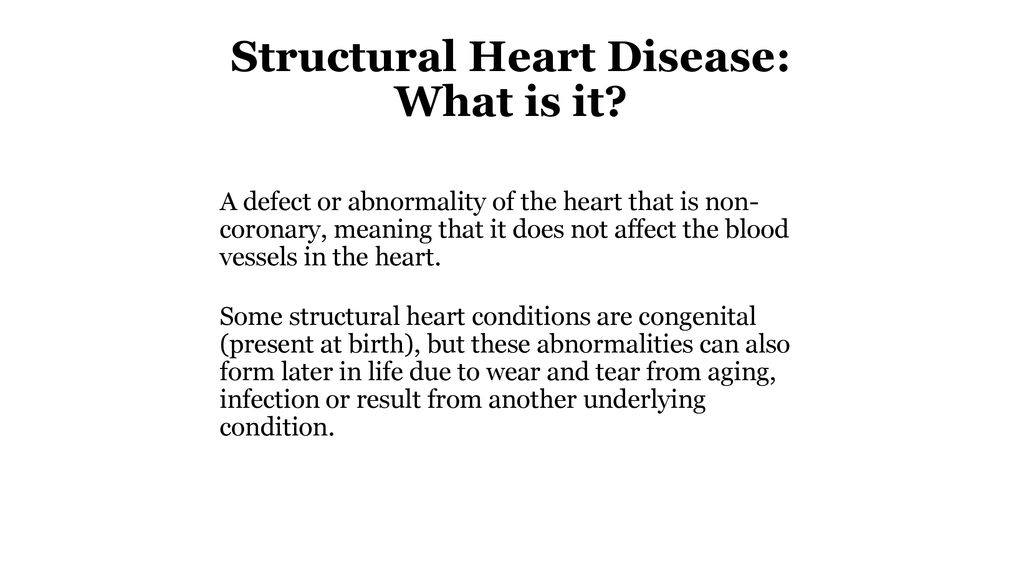
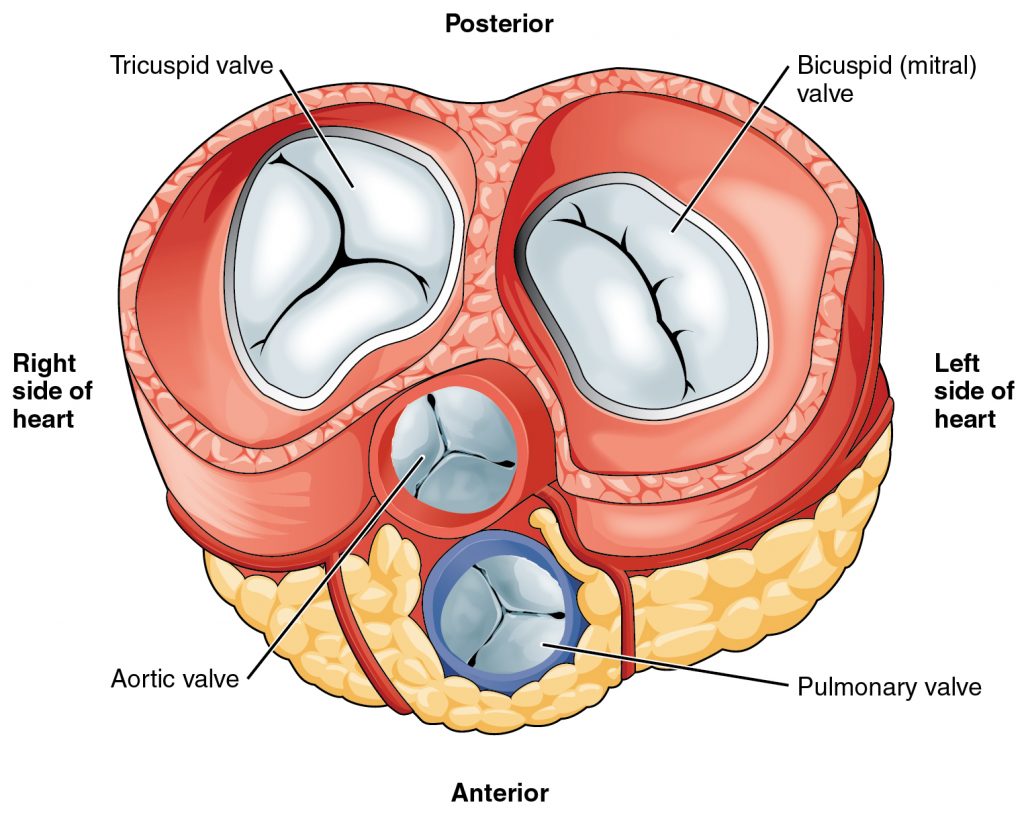








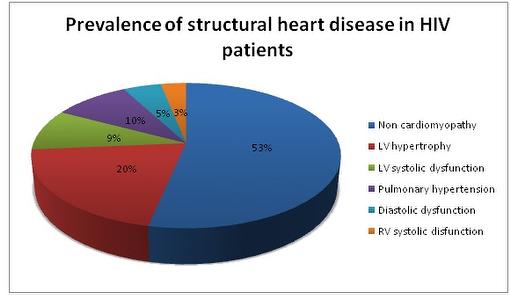












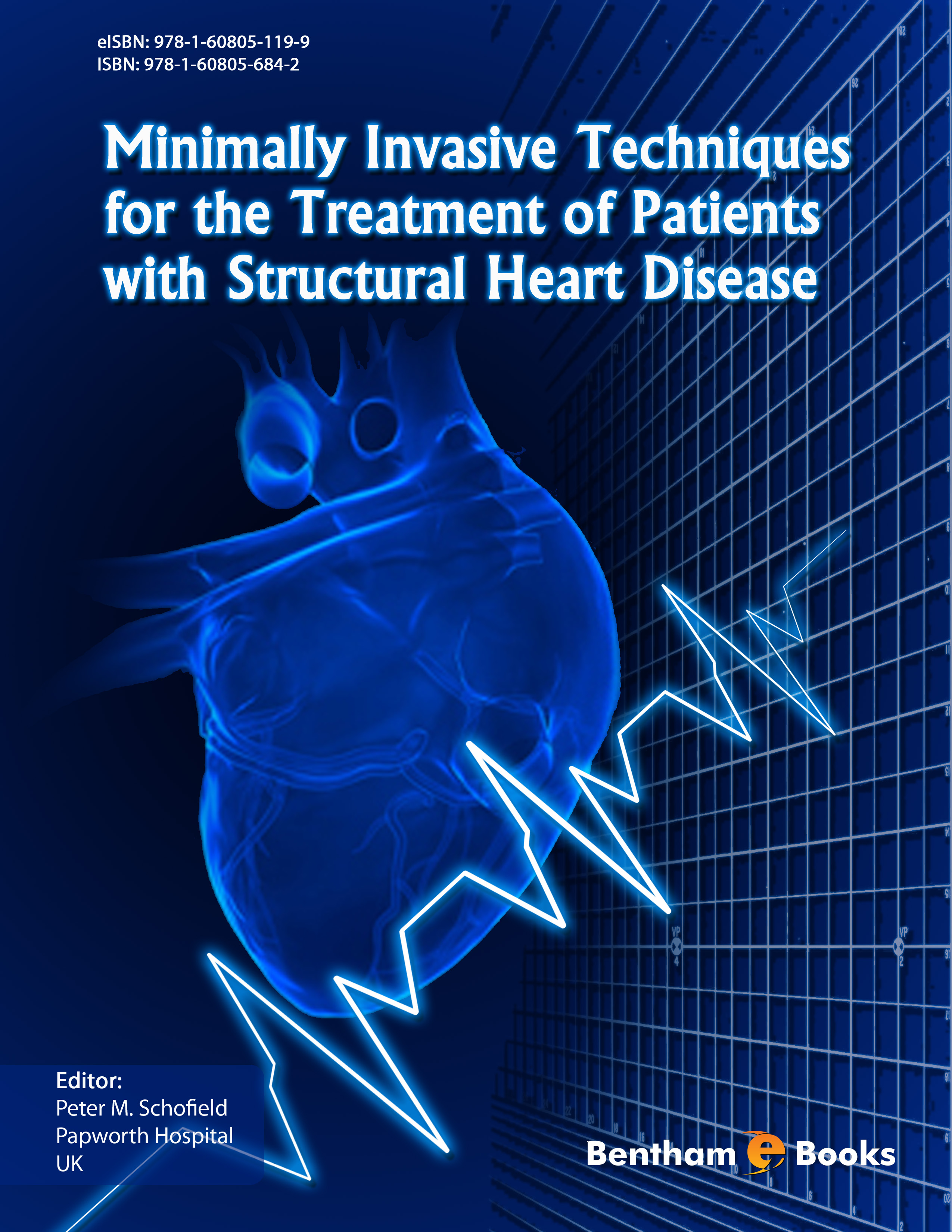


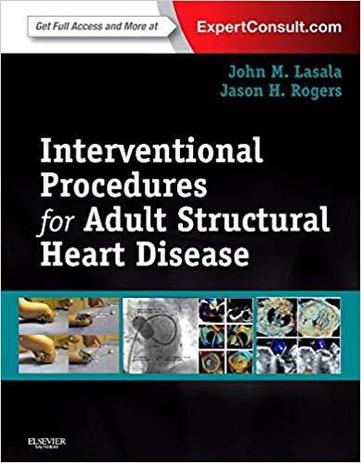

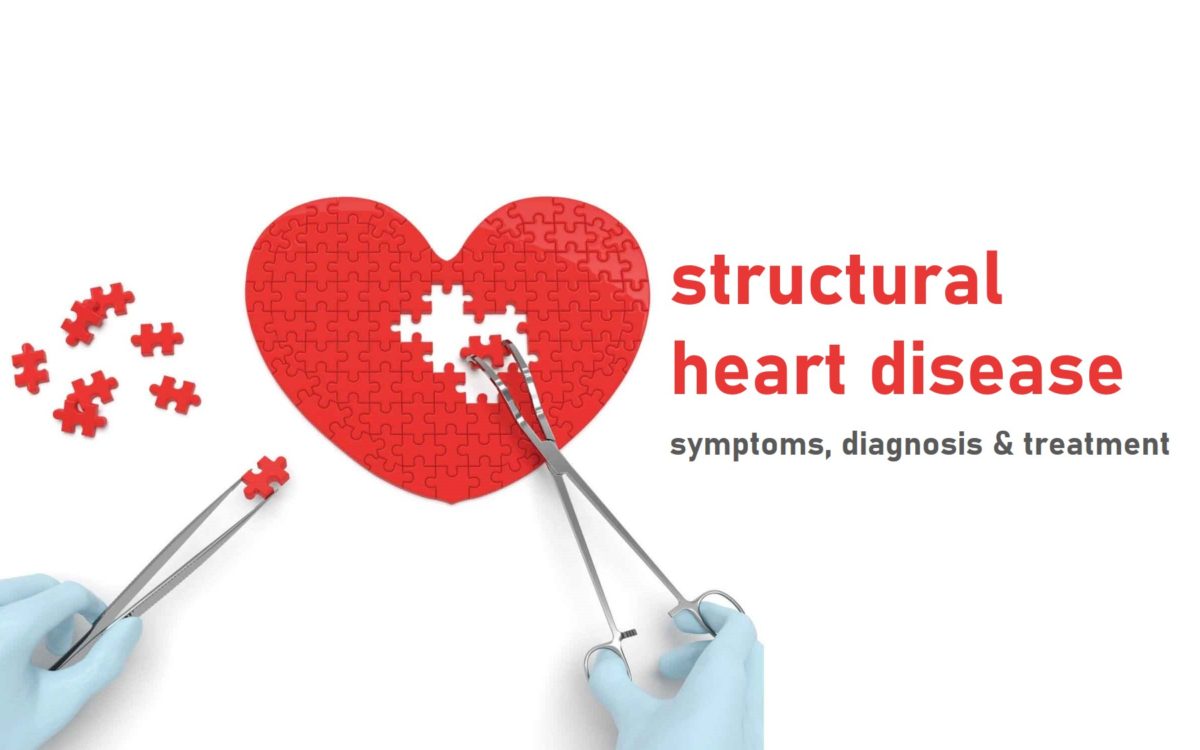

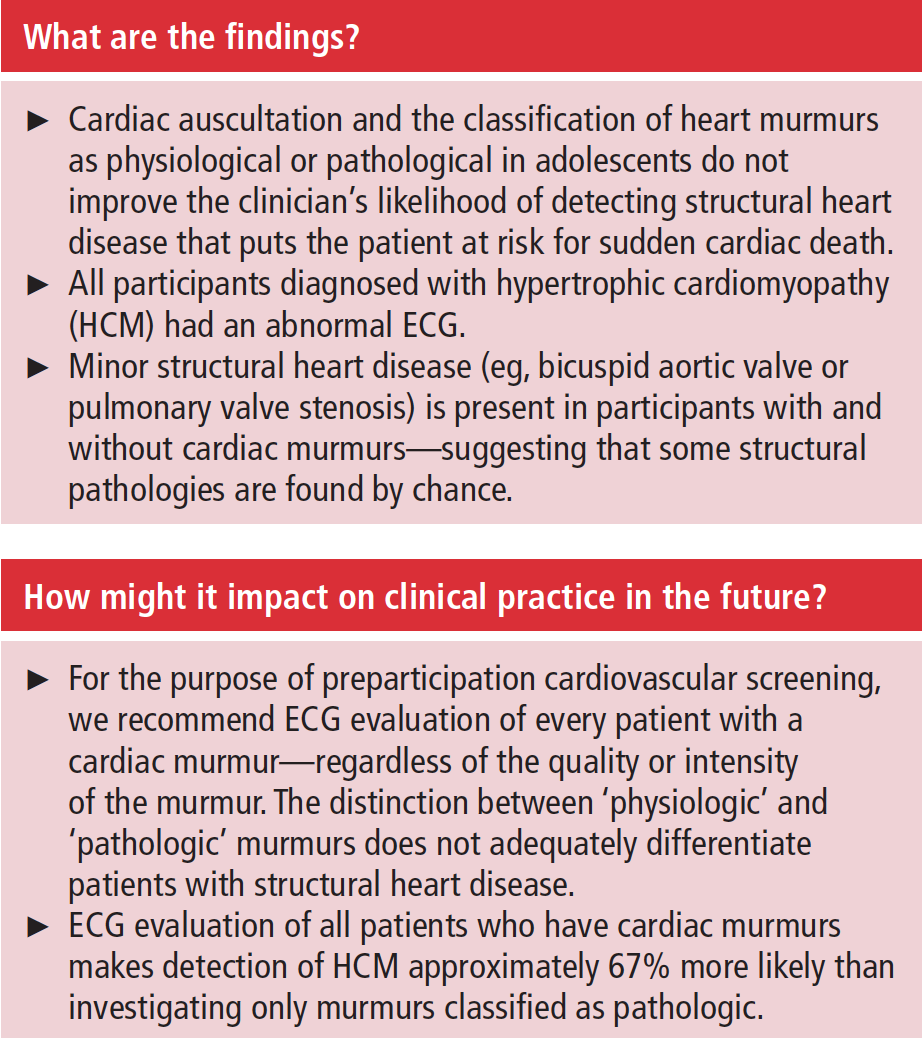

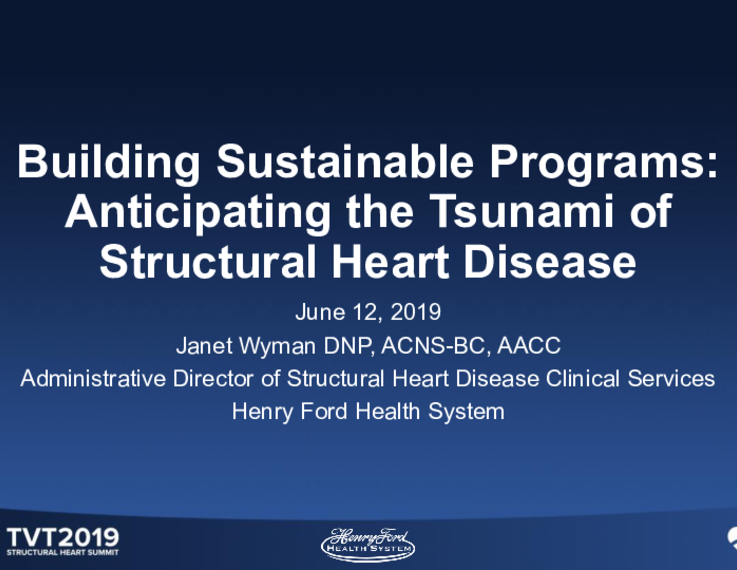

Posting Komentar untuk "What Is Structural Heart Disease"